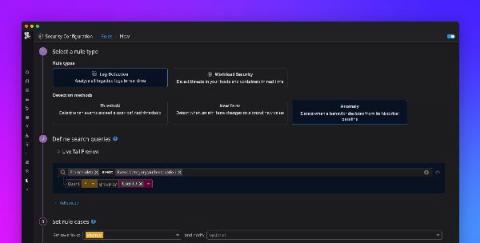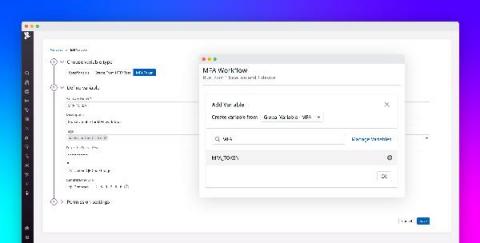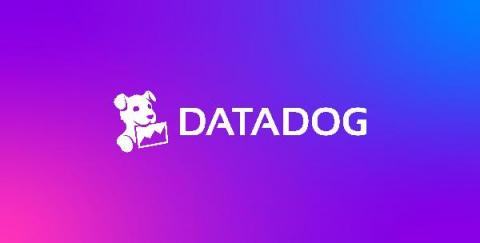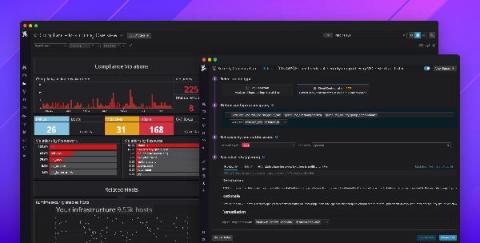How to detect security threats in your systems' Linux processes
Almost all tasks within a Linux system, whether it’s an application, system daemon, or certain types of user activity, are executed by one or more processes . This means that monitoring processes is key to detecting potentially malicious activity in your systems, such as the creation of unexpected web shells or other utilities.











